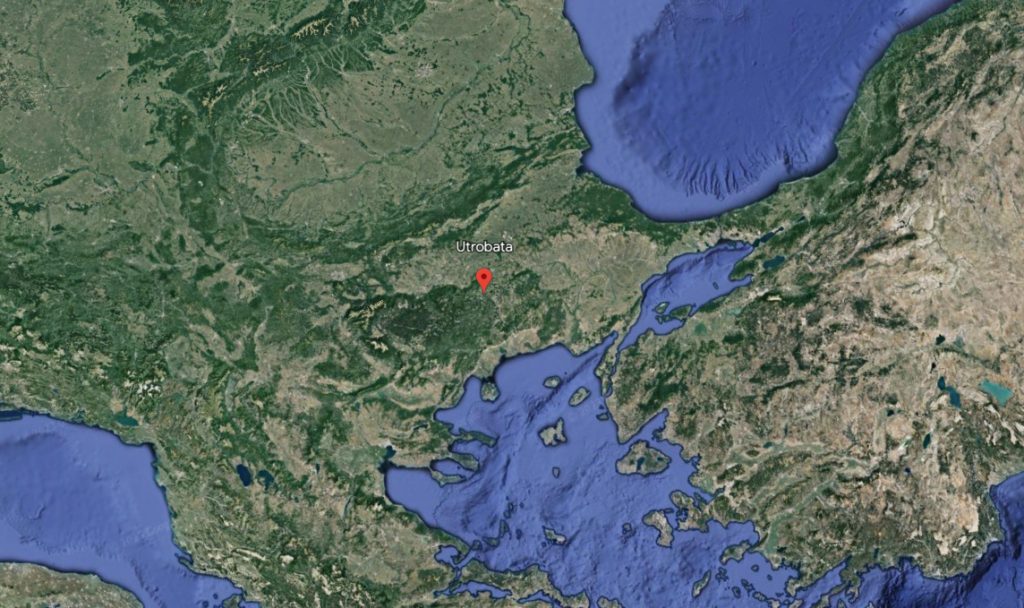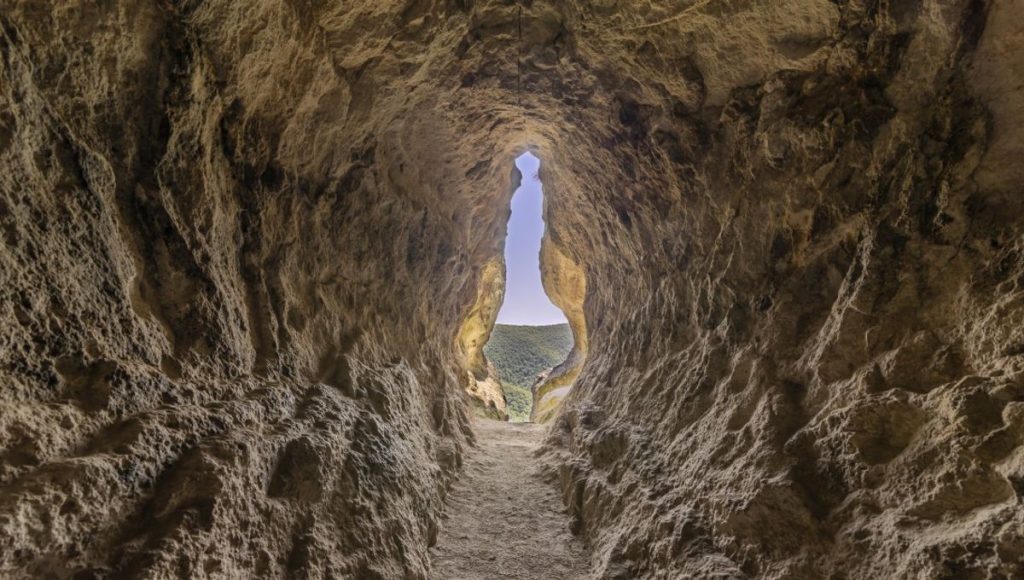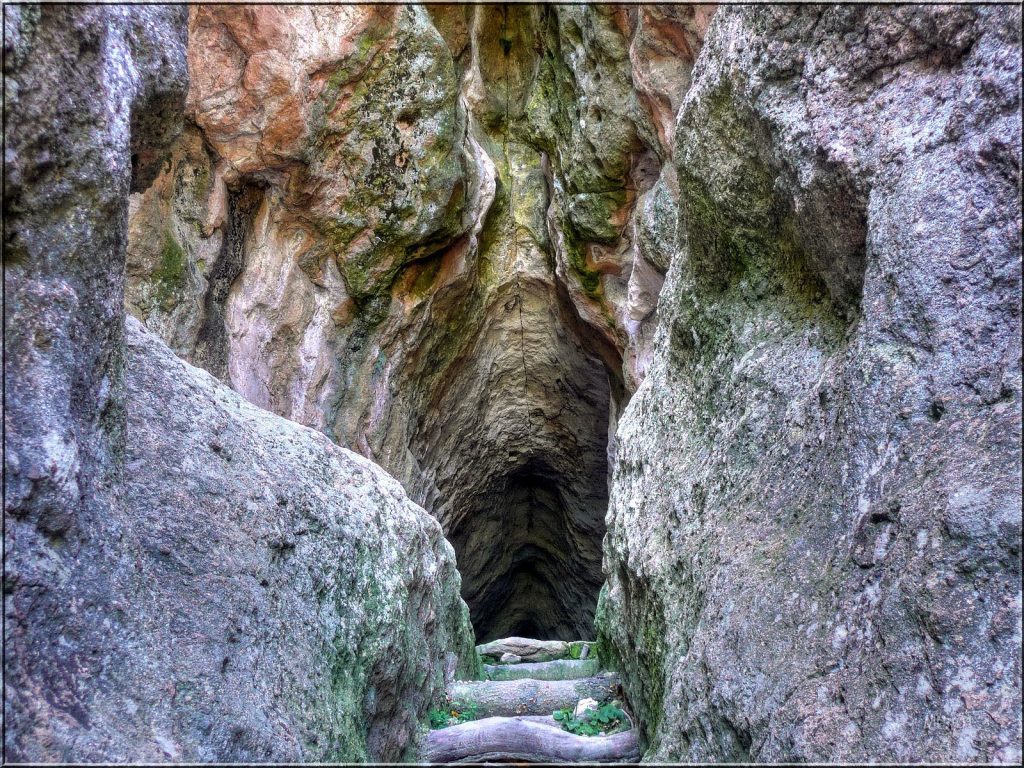The Utroba Cave, also known as Womb Cave

The Utroba Cave, also recognized as Womb Cave, stands as a prehistoric sanctuary located in Kardzhali Province, Bulgaria, with roots dating back to the Thracian period. Resembling a human vulva, historians posit that this cave once served as a fertility shrine.
In Bulgarian, it is known as Utrobata (Утробата) or Peshtera Utroba (Пещера Утроба), both translating to ‘The Womb.’ Situated approximately 20 kilometers from the city of Kardzhali near the village of Ilinitsa, the cave’s historical significance traces back to 480 BC.

Referred to colloquially as “The Cave Womb” or “Womb Cave,” its distinctive entrance, shaped like a vulva, leads to an interior resembling a uterus. Locals also colloquially refer to it as “The Blaring Rock.” Scholars propose that the original entrance was a narrow slit, subsequently widened by human intervention. The cave’s entrance measures 3 meters in height and 2.50 meters in width, housing a carved altar standing at 1.3 meters tall.

Archaeologist Nikolay Ovcharov suggests Thracian utilization of the cave and its altar. Similar Thracian sanctuaries have been discovered throughout Bulgaria. Ovcharov posits that the cave served as a fertility shrine for the Thracians, as was customary for their “cult” places to be situated atop mountains with access to running water. The Utroba Cave maintains a constant flow of water from the cave to the foothills.
A unique feature of the cave is an opening in the ceiling that permits sunlight to infiltrate. Daily at noon, the light creates a phallus shape, reaching the altar only once a year. During a specific time of year, usually in February or March, the light takes on a phallic shape and enters a hole at the altar, flickering for 1-2 minutes. This penetrating and flickering light is interpreted as a symbolic representation of fertilization.

Remarkably, even today, there are reports of childless couples visiting the cave, hoping for its perceived assistance in conceiving a child.